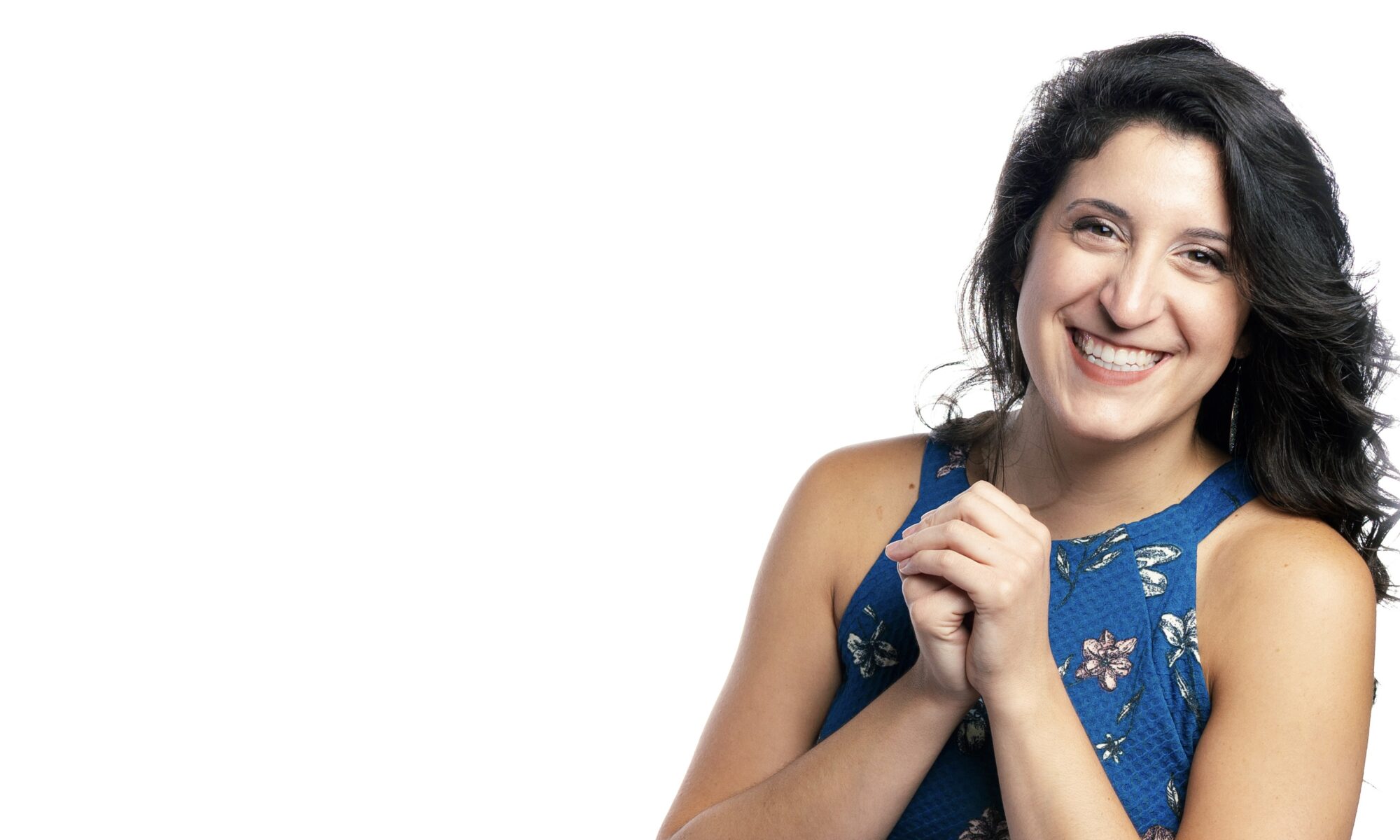I can’t count how many wedding receptions I’ve wasted.
How many ball rooms whose floors I haven’t scuffed.
Until last fall, while (almost) every wedding guest at almost every wedding I’ve attended danced to the music provided by a DJ, performed by a live band or provided and performed by a DJ and a drummer…
everyone else from my table could rest assured that no rogue wedding guests would swipe their bags of candied almonds. Because I’d never, ever leave my seat. Until the bouquet toss* — the part of every wedding at which, oddly enough, I always have to use the restroom.
This 20-something year feud with the dance floor did not start because I don’t like to dance. On the contrary, I love dancing. I enjoy it so much I have injured myself doing it (like the time I poked a hole in my foot when I accidentally danced onto one of these.) Also, my dog is probably scarred for some of what he’s seen. I’ve got moves. Maybe not the moves, but they are moves.
My fight, it turns out, was not against dancing. It was against the letting go it takes to dance. The willingness to risk poking a hole in your foot. The willingness to risk looking ridiculous. In her book The Gifts of Imperfection, Brene Brown says it best:
It didn’t take me long to learn that dance is a tough issue for many people. Laughing hysterically can make us feel a little out of control, and singing out loud can make some of us feel self-conscious. But for many of us, there is no form of self-expression that makes us feel more vulnerable than dancing. It’s literally full-body vulnerability. The only other full-body vulnerability that I can think of is being naked, and I don’t have to tell you how vulnerable that makes most of us feel.
For many people, risking that kind of public vulnerability is too difficult, so they dance at home or only in front of people they care about. For others, the vulnerability is so crushing that they don’t dance at all. One woman told me, “Sometimes if I’m watching TV and people are dancing or there’s a good song playing, I tap my feet without even noticing it. When I finally catch myself, I feel embarrassed. I have no rhythm.”
There’s no question that some people are more musically inclined or coordinated than others, but I’m starting to believe that dance is in our DNA. Not super-hip and cool dancing, or line dancing, or Dancing with the Stars dancing—but a strong pull toward rhythm and movement. You can see this desire to move in children. Until we teach our children that they need to be concerned with how they look and with what other people think, they dance. They even dance naked. Not always gracefully or with the beat, but always with joy and pleasure.
Until we learn to be concerned by how we look, and with what other people think of us, we dance.
Until we learn to be concerned by how we look, and with what other people think of us, we aren’t afraid to dance.
Until we learn to be concerned by how we look, and with what other people think of us, we aren’t afraid to [fill in the blank].
What would you do if you had never learned to be concerned by how you look, or with what other people think of you?
What would you do if you had no fear?
*which will not be part of my hypothetical wedding reception. For the record.


